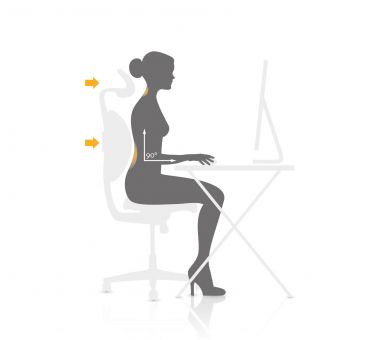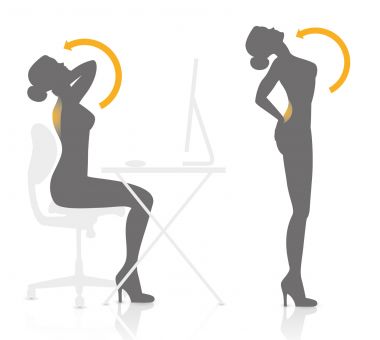Joint function largely depends on our lifestyle. Depending on risk factors, joint problems can affect anyone, although they often appear with age. The best way of maintaining flexibility for years to come is through prevention.
These factors impair the functioning of joints and spine:
• Staying too long in the same seated position
This very common factor occurs during extensive periods of work at the computer or desk.
• Too much stress or overload on the joints
The joints can be put under unnecessary pressure by lifting heavy objects, engaging in too intense sports, doing exercises wrong etc.
• Overweight
The greater the weight, the greater the strain on the joints. This results in faster wear of the cartilage.
• Age
As aging progresses, negative changes gradually happen in the joint musculoskeletal system and ligament.
• Lack of physical activity
Too weak or contracted muscles do not provide adequate stability of the joints. Walking, running, swimming or other physical activities, help strengthen the muscles around the joints and keep the body strong. It is also important to implement movement in everyday routines.
• A history of injuries and the presence of inflammation in the past
These negative effects may occur even many years after an injury.
• Stress
Tension caused by stress can accumulate in the muscles connected to the joints, which are impacted directly.
• Genetic factors
We have no influence on these factors, but they can have an impact.
The modern person with a busy lifestyle is exposed to various types of discomfort in the spine and joints, caused by a stressful lifestyle. The many technological features and gadgets in society, limit our everyday activity, and we feel the consequences of this situation more and more often.
The most important and most complex element of the body is the spine – the backbone of the movement.
For the body to function properly, it is necessary to create balance between bone structures, interconnecting ligaments and surrounding muscles. The spine is made up of three sections of which the lower back and neck are the most vulnerable to overload.











